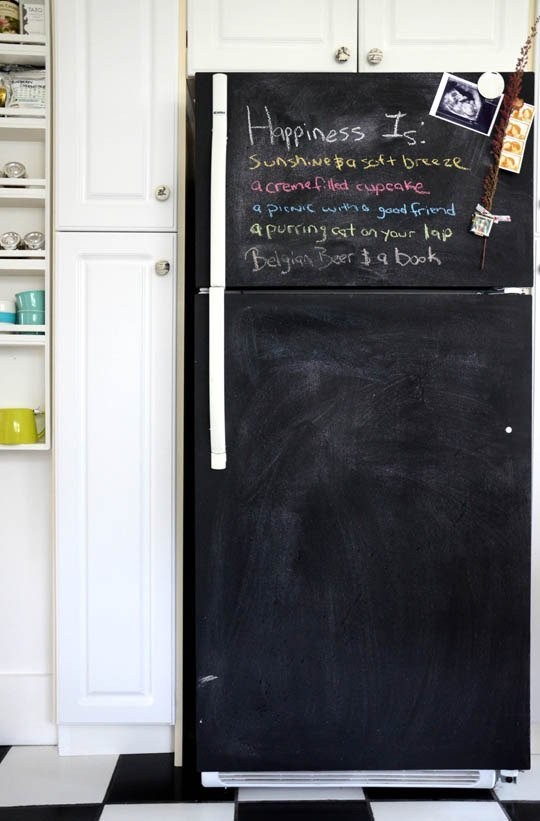Advice for Putting Your Home in Shape Before You Sell _1
Post on: 29 Июнь, 2015 No Comment

Q. We plan to sell a house that will need a kitchen renovation, and the kitchen ceiling has water damage. Should we fix the ceiling before selling?
A. “One hundred percent, yes, you should fix it,” said Cini Palmer, a real estate agent at Julia B. Fee Sotheby’s International Realty in Larchmont, N.Y. Even if you’re not planning to renovate your kitchen before you list your house, you still want to show potential buyers that the house has been well maintained.
“The kitchen and baths may be dated, but if it doesn’t look like someone cared for the house and there are leaks or cracks, it makes people wonder what else is wrong with it,” Ms. Palmer said. “You don’t want them to leave thinking about the problems. You want them to leave thinking about how the house has great bones and how they could make it their own.”
Beyond repairing damaged ceilings, Ms. Palmer also recommended giving everything a coat of paint, so rooms appear as clean and fresh as possible.
Related Coverage
Times Topic: Market Ready
“Just paint everything white,” she said. “Then when people are coming in, they can envision how they would live there.”
John Rusk, president of the general contracting firm Rusk Renovations, agreed that repairing the damage and making the finished surface appear as pristine as possible is the best strategy.
“Buyers are very worried about what might be hidden behind walls,” he said. “If you have a ceiling that has obvious damage from something above, they’re going to imagine the worst. It would be hard to even make a sale when there’s a lurking issue like that.”
Fixing the ceiling after the water leak is repaired is usually relatively simple, Mr. Rusk said, but it depends on the material.
“If it’s a Sheetrock ceiling, the paper on the back of the Sheetrock can be a food source for mold,” he said. In that case, any moldy Sheetrock should be cut away and replaced with new drywall. Then drywall tape should be applied and the ceiling should be skim coated with joint compound, to blend the drywall into the existing ceiling.
If the ceiling is plaster, the repair is easier.
“Plaster doesn’t have a food source for mold — it’s inorganic,” he said. “Typically, if the plaster has bubbled, you have to scrape it out. If it’s too deep, you’re going to fill it with something called perlited gypsum, or Structo-Lite. Then apply tape and joint compound.”
Regardless of what your ceiling is made of, Mr. Rusk said, finish the job with a fresh coat of paint across the entire ceiling. “Then no one is looking at the patch and wondering what happened there,” he said.
Mr. Rusk also suggested painting the kitchen cabinets and installing inexpensive new appliances. Changes like those, he said, will help a rundown kitchen look livable, which could attract a larger pool of buyers.
“It may not be anyone’s dream choice for their kitchen renovation,” he said, “but it will help your property feel and look healthy.”
A version of this article appears in print on November 6, 2014, on page D7 of the New York edition with the headline: Should We Repair Our Water-Damaged Kitchen Ceiling. Order Reprints | Today’s Paper | Subscribe














